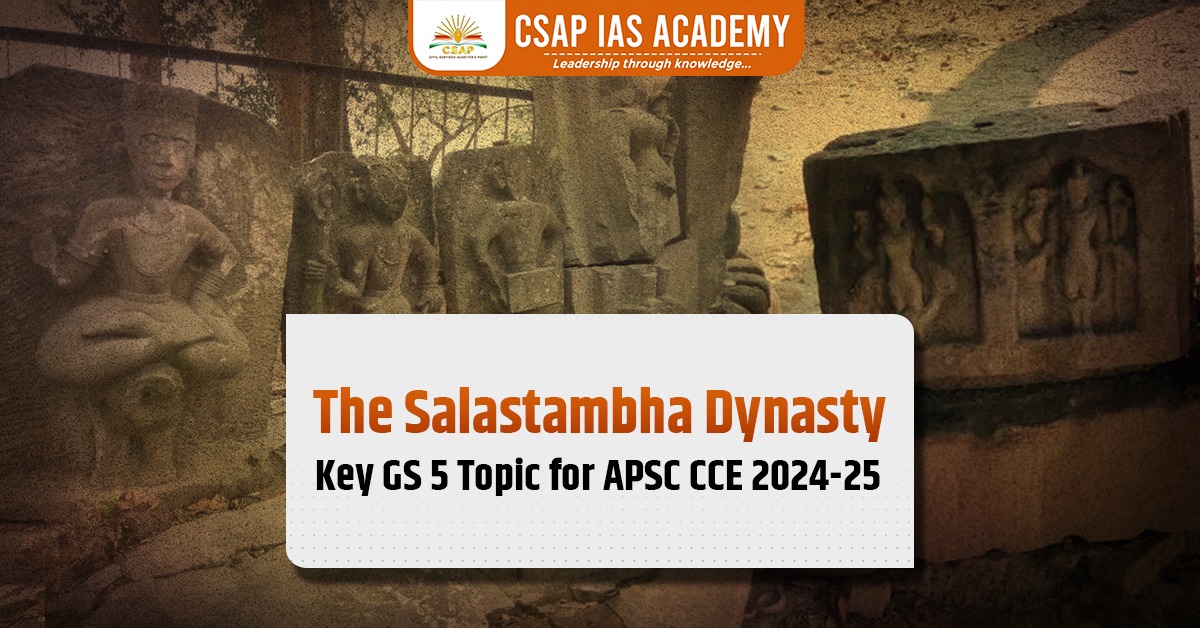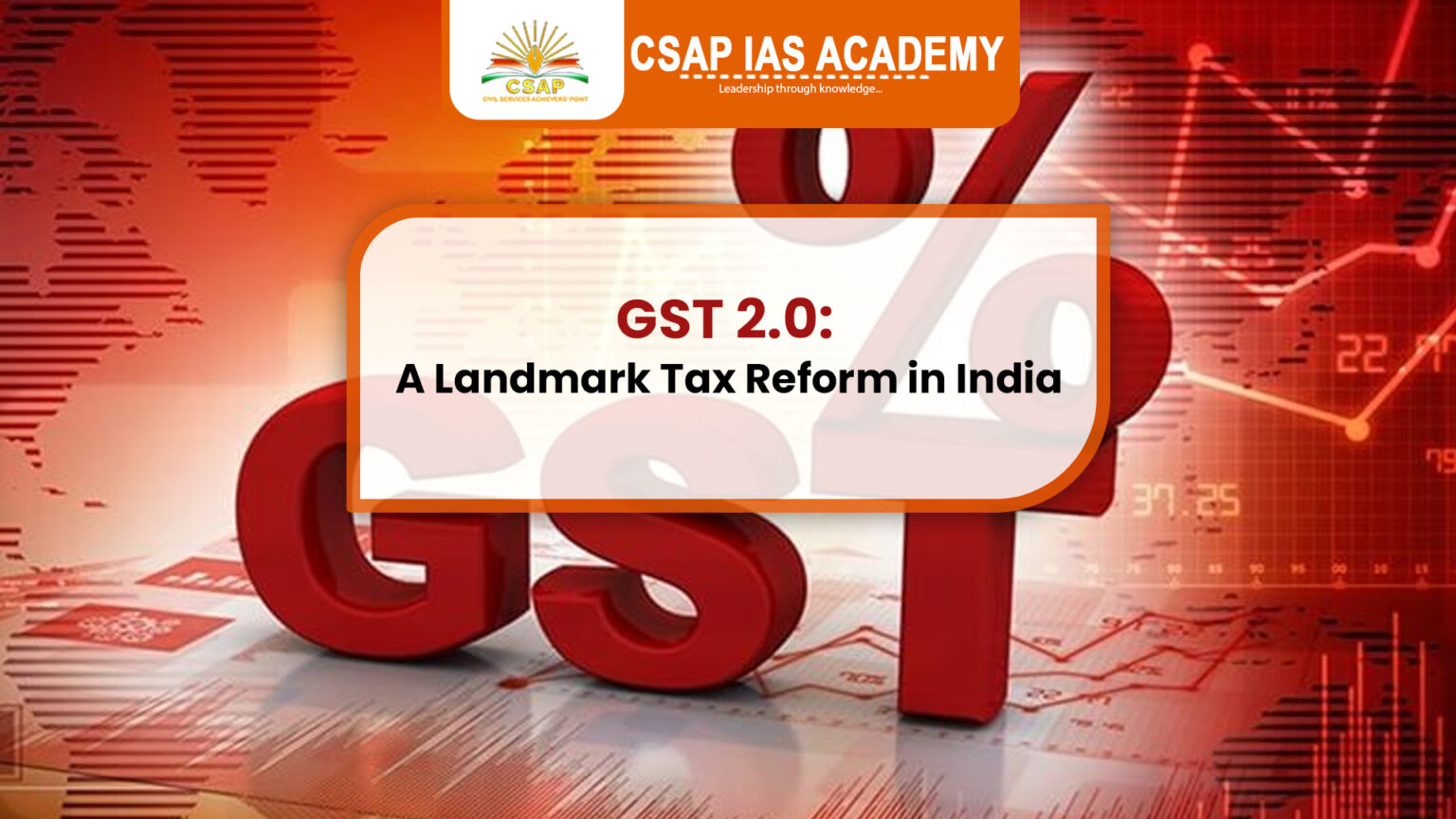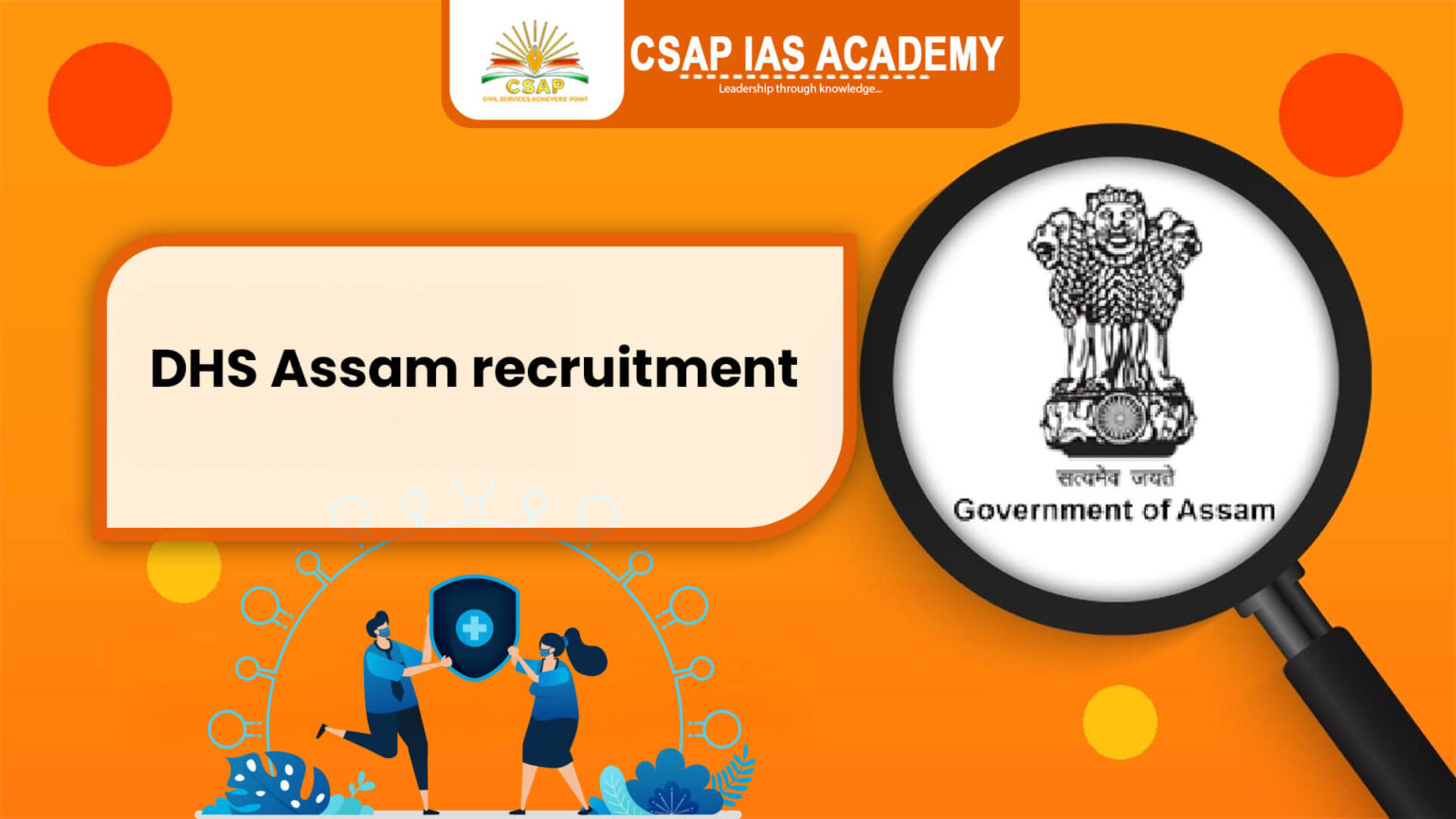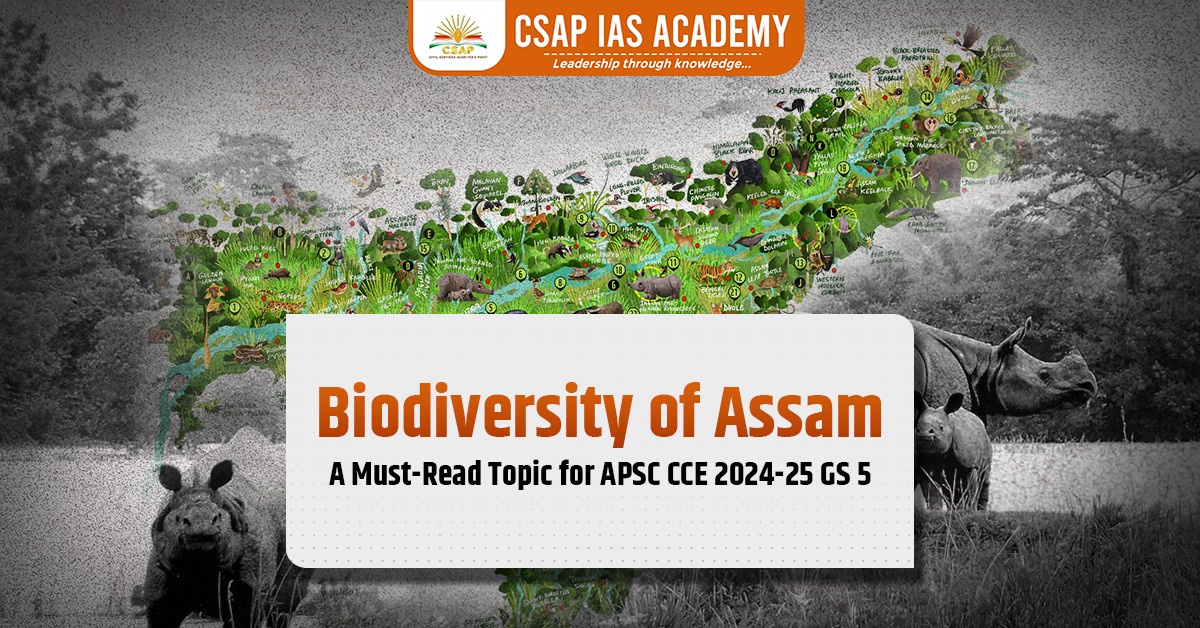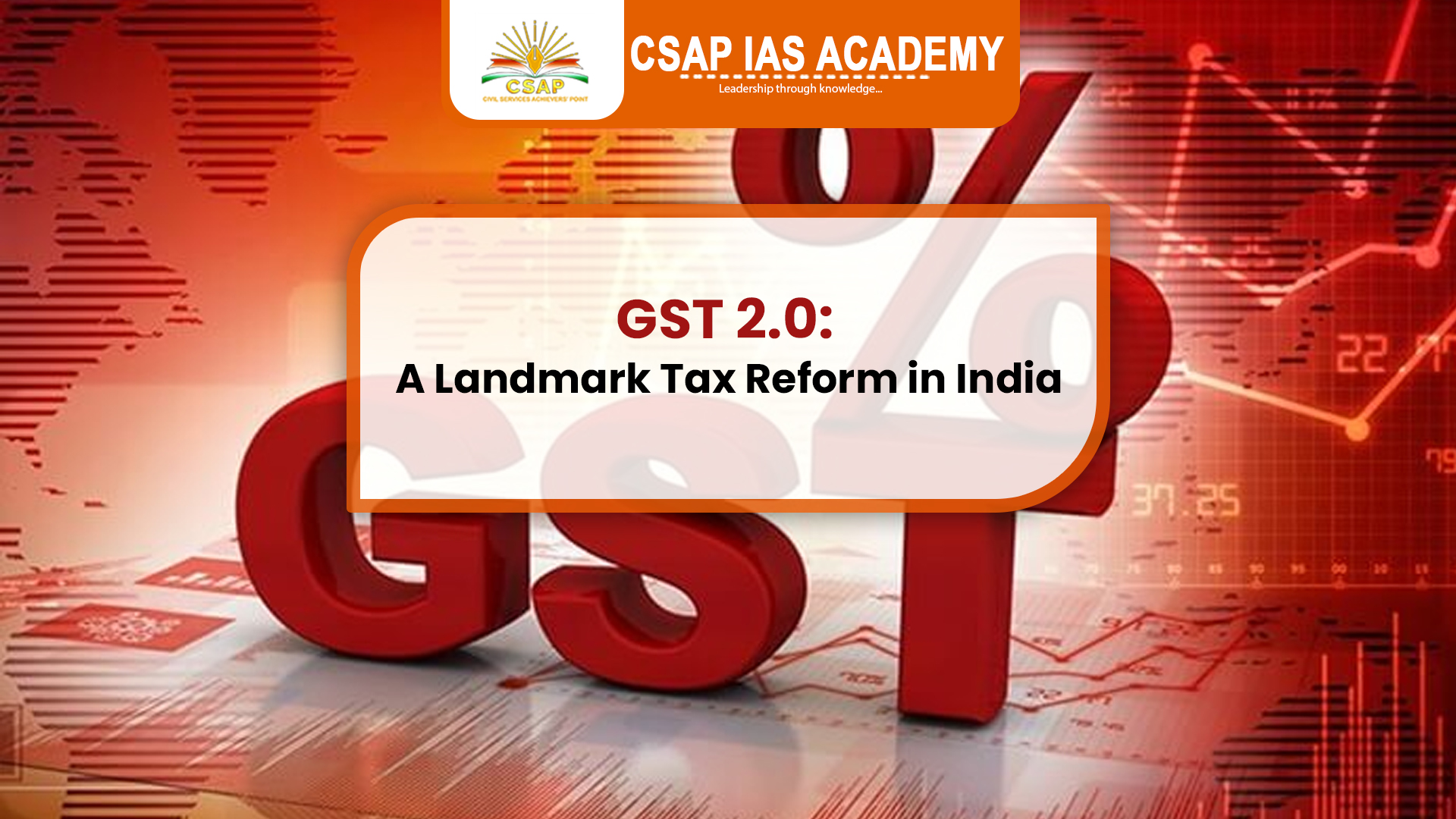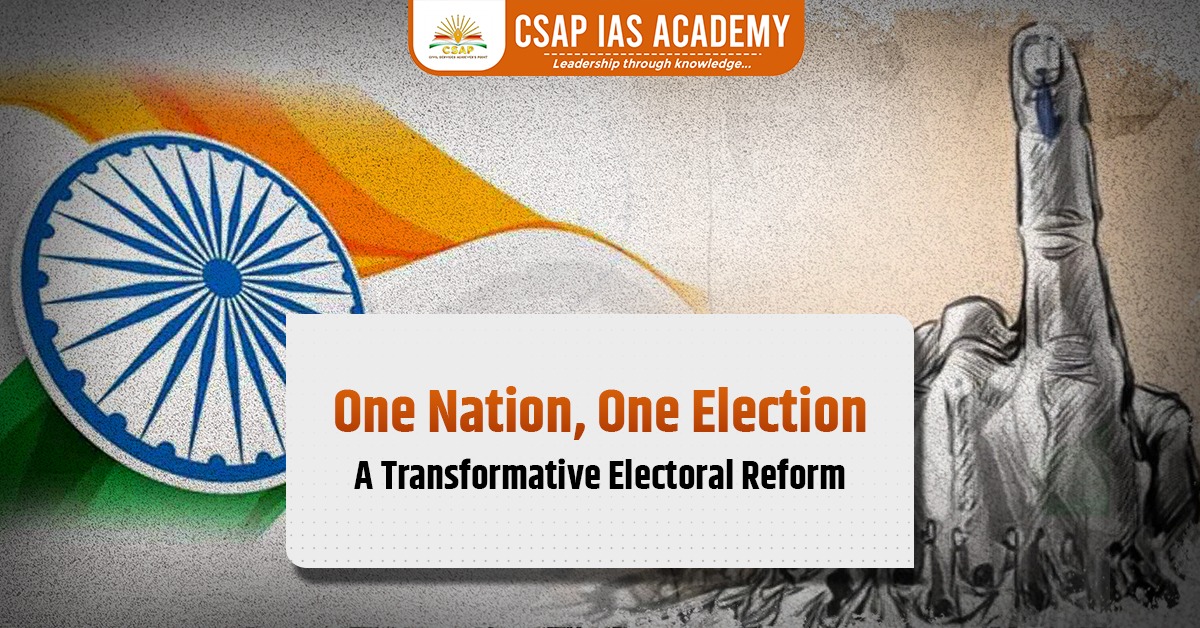After the death of Bhaskar Varman, Avanti Varman one of his near relatives ascended the throne of Kamrup. His title was Salasthamba or one who is as powerful as the pillar of Sala Timber. The Salastambha dynasty founded by Avanti-Varman has become famous in the history of Kamrup as “Salastambhaa”.
The Salastambha dynasty was the next in line which began with the reign of a chieftain called Salastambha. The Salastambha dynasty is also called Mlechchha dynasty. The Mlechchha dynasty ruled Kamarupa from their capital at Harruppesvar (Dah Parvatiya) in the present day Tezpur, Assam.
SALASTAMBHA
Salastambha was probably the governor of the Nalanda region of the kingdom of Kamrup under Bhaskar Varman in ancient India only a prince of the royal blood was appointed to such high offices as governor or the viceroy. He was governor of Nalanda region, therefore a prince related to the Varman Dynasty. Salastambha claims their descendants of Naraka Bhagadatta. He is mentioned as Mlechchadhinath in Bargaon grant of Ratnapala.
He shifted the capital Haruppeswara (present Tezpur area). Capital was named after the name of his tutelary deity Hataka or Hetuka Sulin.
SUCCESSORS OF SALASTAMBHA
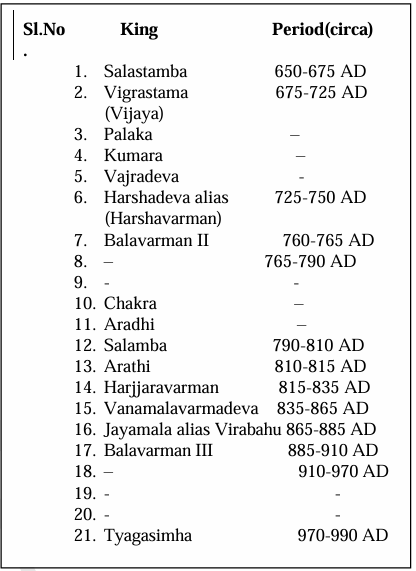
The copper plate inscriptions of three kings of Salastambha dynasty Harjjara-Varman, Vanamala, and Bala-Varman III have been found.
During the reign of Vanamala in the middle if Ninth century the city of Haruppeswara which covered an extensive area between the Bamuni hill in the east and Dah Parvatia in the west was indeed a big Town.
Modern Tezpur was in the centre of Harupeswara, there was a temple of shiva with a golden Siva-Linga in the city of Harupeswara. Vanamala rebuilt this famous temple of shiva. Even this temple of Siva exists in Temple.
According to the inscription Tyaga Singa was the last king of the Salastambha Dynasty. The immediate successors of Salastambha were Vijaya or Bigraha- Stambha, Palaka and Vajradeva.
They reigned from 675 AD to 725 AD. They were followed by powerful king on the throne of Kamrup, who was known by different names as Sri Harshadeva, Sri Harsha-Varmadeva or Sri Harsha.
SRI HARSHADEVA (725-750 A.D)
He ascended the throne of Kamrupa in about 725A.D. He was the powerful king of the Salastambha Dynasty. He is described as Gaudradi-Kalinga-Kosala-Pati in the Pasupathi epigraph of the Nepal licchavi King Jayadeva II with whom Harsha had a marriage alliance.
According to an inscription of Jayadeva the king of Nepal, Sri Harshadeva conquered Gour (North west Bengal) Odra (Orissa), Kalinga (Ganjam District), Koshal (North Bihar) and other lands. He probably reconquered Pundra-Vardhan (North Bengal) which had been lost by the weak successors of Salastambha.
In Bihar, a great battle was fought between Sri Harshadeva and Yaso Varman. In this battle, Sri Harshadeva was completely defeated and killed.
HARJJARA- VARMAN (815-835 AD)
Another Great King of this dynasty was Harjjaravarman. He was the first in this dynasty to get the throne in Vedic rituals. Harjjara Varman was a contemporary of Devapala, the Pala king of Bengal. He was the first king to assume high sounding epithets like Maharaja-Dhiraja Parameswara Parama BhattarakaHe built a temple for Hetuka Sulin at Haruppeswara. Harjjara Pukuri at Tezpur was excavated by him.
VANAMALA OR VANAMALA VARMADEV (835-865 A.D)
He was a contemporary of the two king of Pala Dynasty of Bengal viz Vigrahapala and Narayanpala. He assumed the title “Parameswara Parama Bhattaraka Maharajadhiraj”. He was evidently a great builder and patron of Art. He fasted unto death under the influence of religion.
JAYAMALAVARMAN
Also known as Virabahu or of strong or Heroic arms in the inscriptions of the dynasty.
BALA VARMAN III (885-910 A.D)
He probably made further conquests in the west Pundravardhan (North Bengal) from Narayanpala, the king of Gour (Bengal). A land Granted by him to a Brahmin named Srutidhar of Dijina Vishaya (District of Dinajpur) of Pundravardhan indicates the expansion of Kamrup in the west. In his inscription (Nowgong), he is described as a king who conquered all the rulers in contest by his own arms.
TYAGA SINGHA
He was the last king of the Salastambha dynasty. He probably died childless, after the Salastambha the Pala dynasty mounted on the throne of Kamrup.
Download App:

